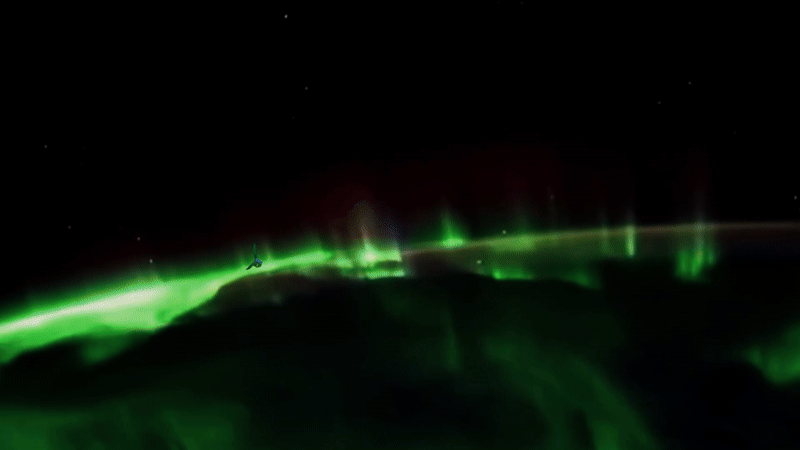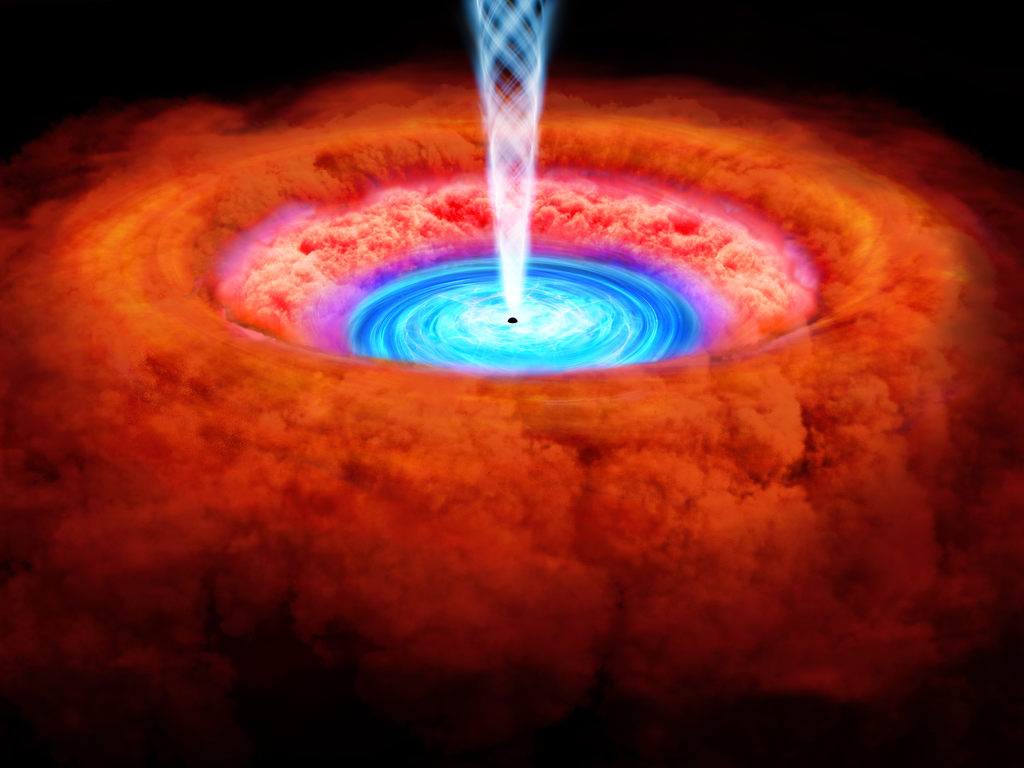NASA’S EZIE Begins Study of Auroral Electrojets
NASA’s EZIE (Electrojet Zeeman Imaging Explorer) mission is cleared to begin its 16-month-long science mission after team members collected “first light” measurements and completed initial checkouts to ensure the satellites are healthy and operating normally after deployment into space.
The mission lifted off from Vandenberg Space Force Base in California aboard a SpaceX Falcon 9 rocket on March 14, 2025.

The EZIE mission will be the first space mission dedicated to studying the magnetic fingerprint of the auroral electrojets. These electrojets are produced when geomagnetic storms caused by solar activity release bursts of energetic particles into Earth’s upper atmosphere, creating colorful auroras but can also impact navigation and communications systems, as well as ground-based infrastructure such as power grids. The mission will help solve decades-old questions about the structure and evolution of the electrojets and, by extension, much-debated mysteries about Earth’s space weather.
The mission’s three CubeSats — small satellites each roughly the size of a carry-on suitcase — fly in a pearls-on-a-string configuration, following each other over the same spot about 2 to 10 minutes apart. As they orbit from pole to pole approximately 370 miles (590 kilometers) above Earth’s surface , the trio of satellites map the electrojets, detailing their structure and how they change.
Studying the auroral electrojets will help researchers answer critical questions about how and where energy from geomagnetic activity is deposited in Earth’s upper atmosphere. This knowledge is essential to understanding how space weather can impact humans and our technology, from creating vivid auroras to triggering power outages or endangering astronauts. Data from EZIE also sheds light on other magnetized planets — such as Saturn and Jupiter — and bolsters our understanding of planets in the solar system and beyond.
The EZIE mission is funded by the Heliophysics Division within the Science Mission Directorate at NASA Headquarters in Washington and is managed by the Explorers Program Office at NASA’s Goddard Space Flight Center in Greenbelt, Maryland. The Johns Hopkins Applied Physics Laboratory in Laurel, Maryland, leads the mission for NASA. Blue Canyon Technologies in Boulder, Colorado, built the CubeSats, and NASA’s Jet Propulsion Laboratory in Southern California built the Microwave Electrojet Magnetogram for each of the three satellites.
Follow NASA’s EZIE blog for the latest updates.
by Desiree Apodaca
NASA’s Goddard Space Flight Center, Greenbelt, Md






















